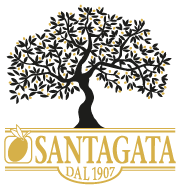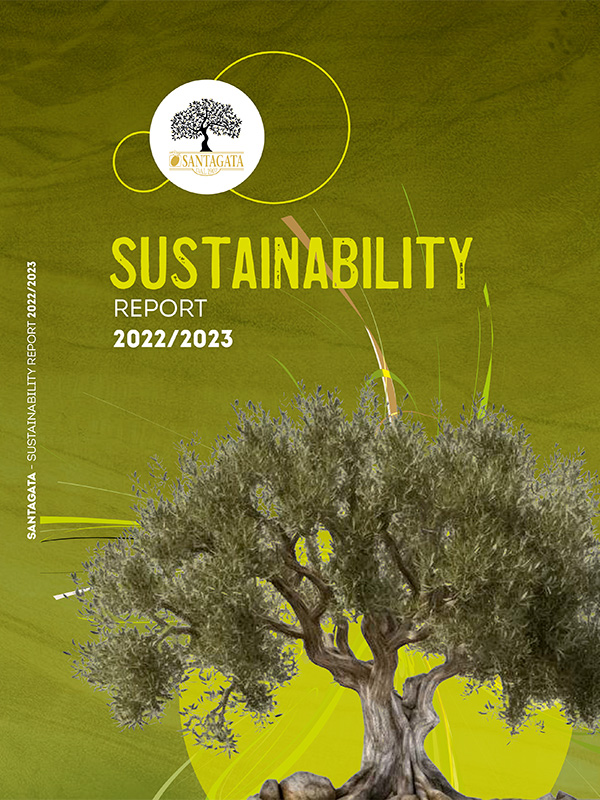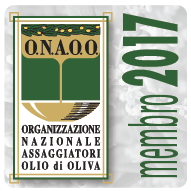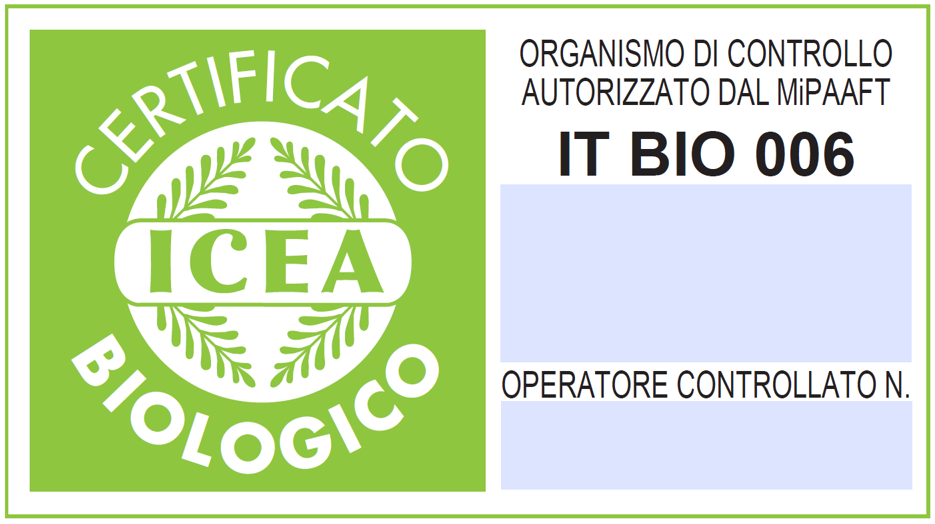Taggiasca Olives
The Ligurian olive germoplasm is, in fact, made up of various cultivars – Pignola, in the province of Genoa; the Razzola in La Spezia; the Mortina in the provinces of Savona and Genoa; the Colombaia of Savona; and finally Rossese, in the provinces of Genoa and Savona; and others still – but it is the Taggiasca, above all, which in addition to predominating the olive groves of Imperia and Savona, has established itself, over the centuries, as the cultivar most representative of Liguria.
A cultivar that, across the entire region, in the common language of everyday life, is spoken of in the plural form. It is no accident, indeed, that we say ‘Taggiasche’, precisely because through examining the DNA of the plant, it turns out that there are various under the same name. And which cultivar, then, to appoint as symbol of Liguria, with its thirty ecotypes of olive trees, if not the one which perfectly represents the plural soul of Ligurians, the one that lives alongside another very well-known cultivar in the world, the Frantoio, from which everything originated. According to some recent studies conducted at a molecular level, there is a close genetic proximity to the Frantoio genotype, a variety widespread throughout Italy and across the world, and which can be considered as the ‘mother cultivar’, the one which the Benedictine monks introduced to Liguria.
In reality, the olive plant had been present in the region since the Phoenician times, then came the period of the ancient Romans, who greatly increased its cultivation which, after the fall of the Empire, suffered a radical stop and it fell to the monks, in particular, with their lands annexed to their abbeys, who resumed and watched over the cultivation of the olive trees with the utmost care and attention. The great turning point therefore harks back to the early-medieval period, with new plantings carried out both near the coast and inland. All of this, among other things, has been widely documented. What is certain is that without the monks, Ligurian olive growing, as we know it today, would not exist.
This text is taken from chapter 7 of the book “An Olive Oil Family” written by Cristina and Federico Santagata, published by Olio Officina Edizioni.








